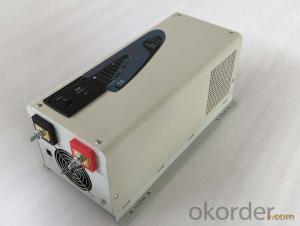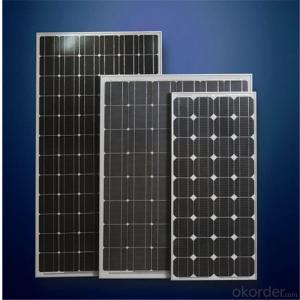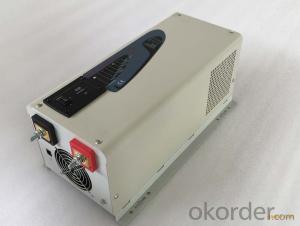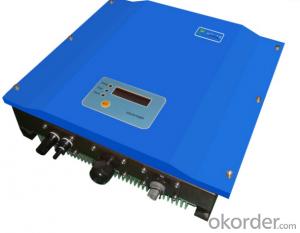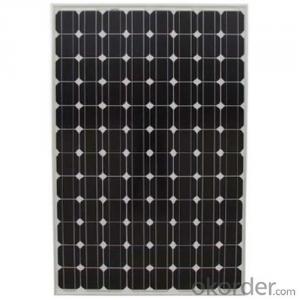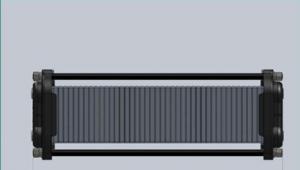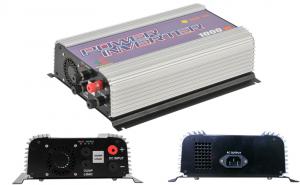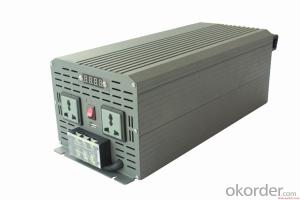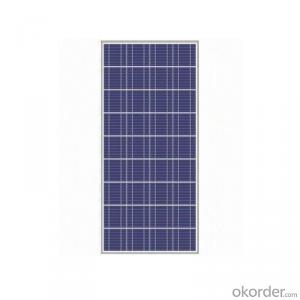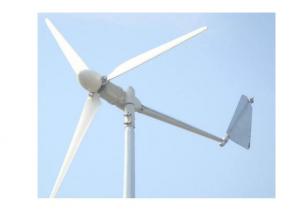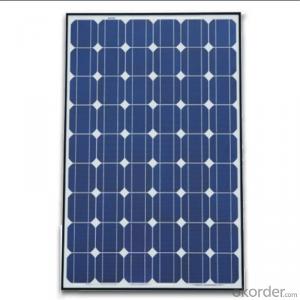1000 Watt Solar Power Inverter
1000 Watt Solar Power Inverter Related Searches
Solar 1000 Watt Power Inverter 1000 Watt Solar Inverter 1000 W Solar Inverter Solar Power Inverter 1000w 1000w Solar Inverter 1000 Watt Solar Panel Inverter 1000kw Solar Inverter 1000 Watt Inverter Solar Panel 10000 Watt Solar Inverter Solar Inverter 1000 Watt Price 10000w Solar Power Inverter Solar Power Inverter 10000w Solar Inverter 10000 Watt 1000 Watt Solar Inverter Price 10000w Solar Inverter China Solar Inverter 1000kw 1000w Solar Inverter Price 10kw Solar Power Inverter Solar Inverter Off Grid 1000w 2000 Watt Solar Power Inverter 12000 Watt Solar Inverter 3000 Watt Solar Power Inverter 1100va Solar Inverter Off Grid Solar Inverter 1000w 10kw Solar Inverter 5000 Watt Solar Power Inverter 2000 Watt Solar Inverter Solar 3000 Watt Power Inverter Solar Power Inverter 10kw Solar 2000 Watt Power Inverter1000 Watt Solar Power Inverter Supplier & Manufacturer from China
The 1000 Watt Solar Power Inverter is a high-performance product designed to convert solar energy into usable electrical power for various applications. This inverter is equipped with advanced technology, ensuring efficient power conversion and reliable operation. It is an essential component in solar power systems, allowing users to harness the power of the sun for their energy needs.The 1000 Watt Solar Power Inverter finds its application in a wide range of scenarios, including residential, commercial, and industrial settings. It is particularly useful for powering appliances, lighting, and other electrical devices in off-grid locations or as a backup power source during power outages. This product is also ideal for use in remote areas where access to traditional power sources is limited, making it a versatile and valuable addition to any solar power setup.
Okorder.com is a leading wholesale supplier of the 1000 Watt Solar Power Inverter, offering a vast inventory of this product to cater to the needs of various customers. With a strong commitment to quality and customer satisfaction, Okorder.com ensures that each 1000 Watt Solar Power Inverter is thoroughly tested and meets the highest industry standards. By partnering with Okorder.com, customers can enjoy competitive pricing, fast shipping, and excellent customer support, making it a reliable choice for sourcing this essential solar power component.
Hot Products








